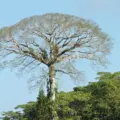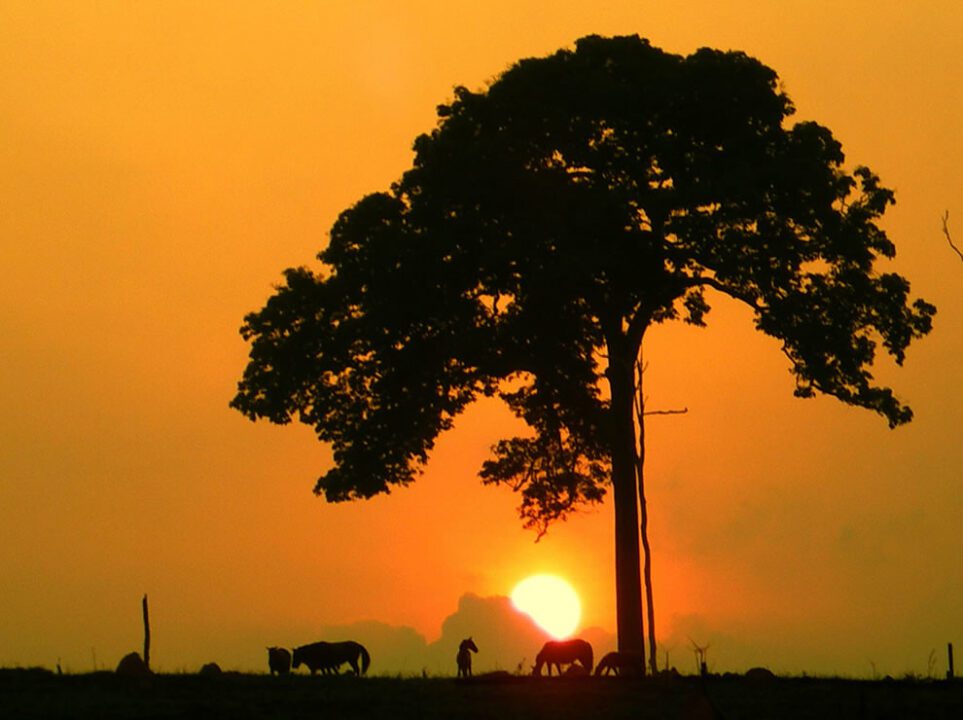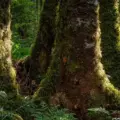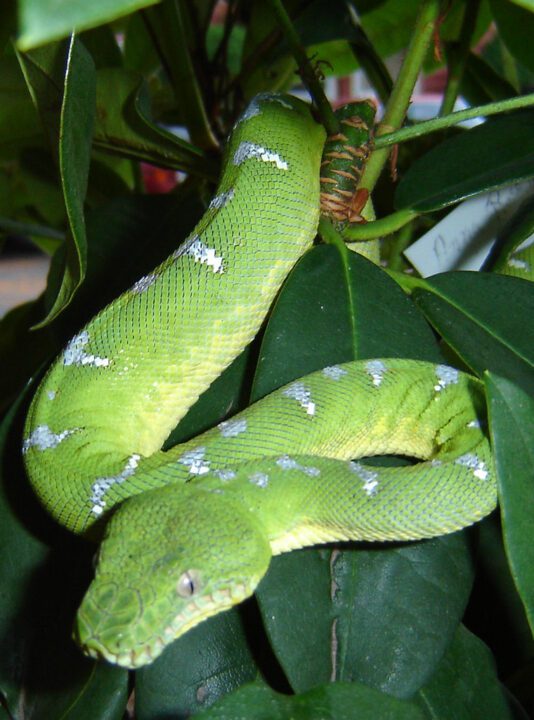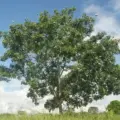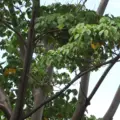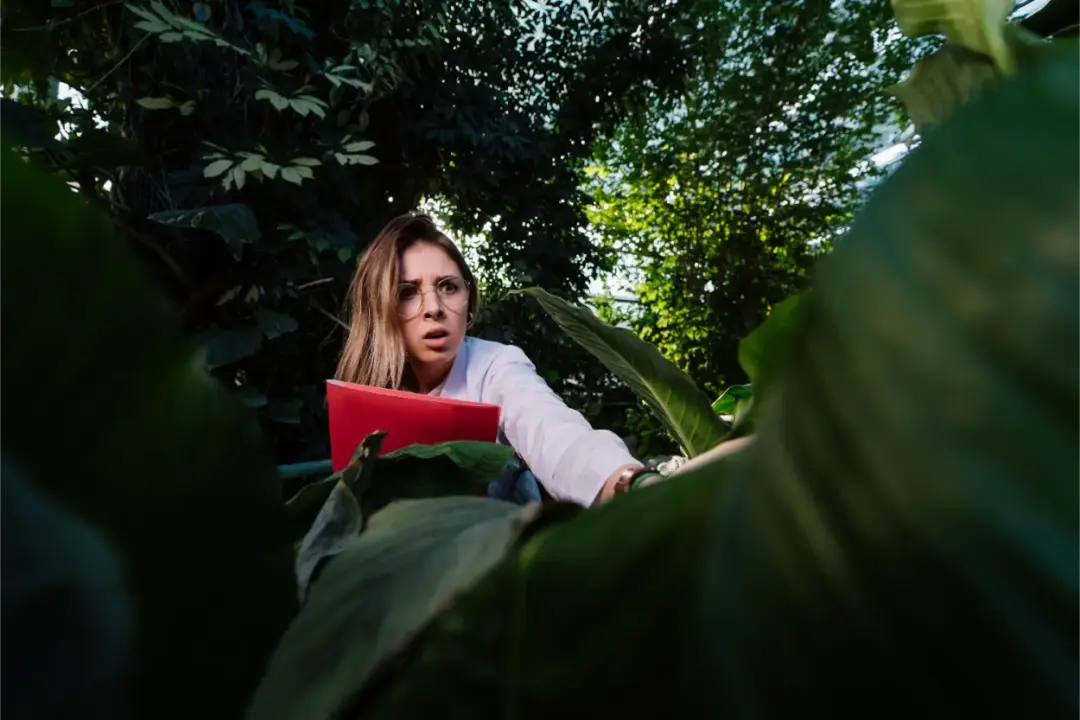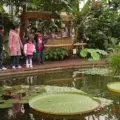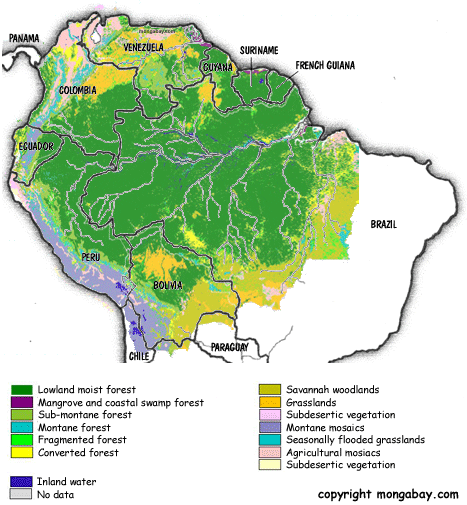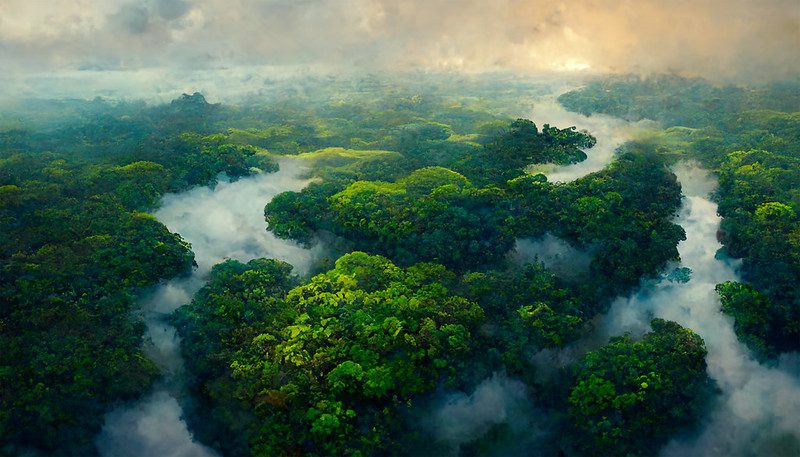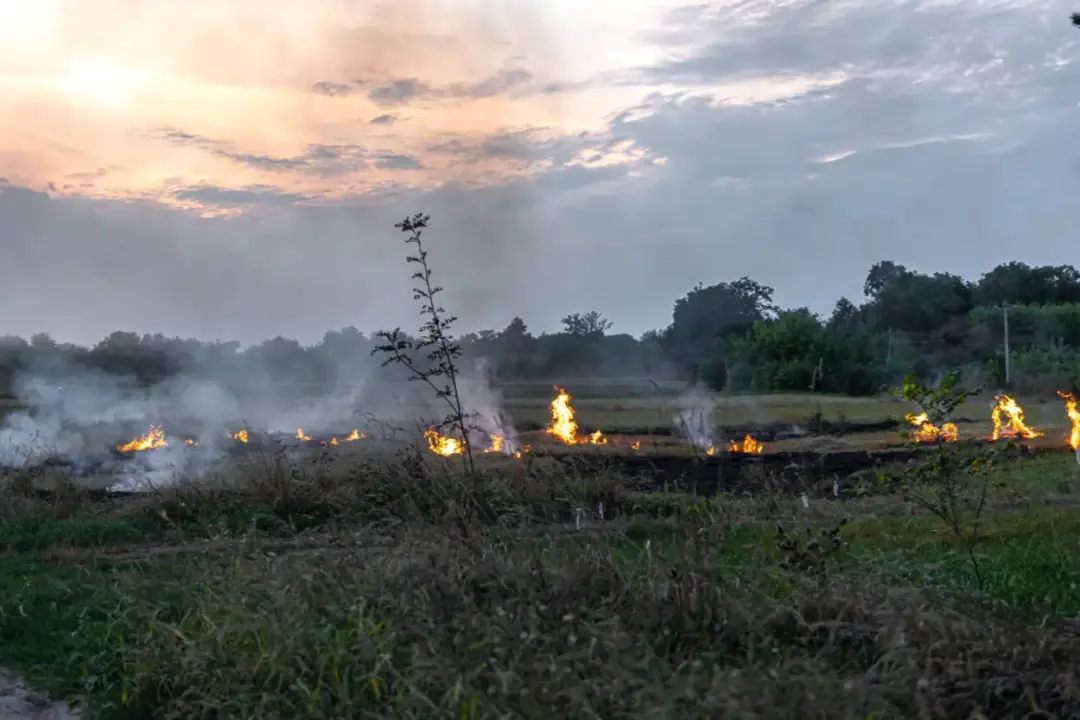The Brazil Nut Tree (Bertholletia excelsa) is one of the most extraordinary trees in the Amazon rainforest—not just for its towering height or its delicious seeds, but also for its fascinating ecological partnerships and surprising economic role. From deep roots in Indigenous Amazonian culture to modern superfood fame, this tree is a natural marvel that bridges tradition, biodiversity, and global health trends. Let’s dive into the story of the Brazil Nut Tree, uncovering its secrets and why it remains one of the rainforest’s most iconic giants. 🌱
🌿 Botanical Overview of the Brazil Nut Tree
🌲 What Is the Brazil Nut Tree?
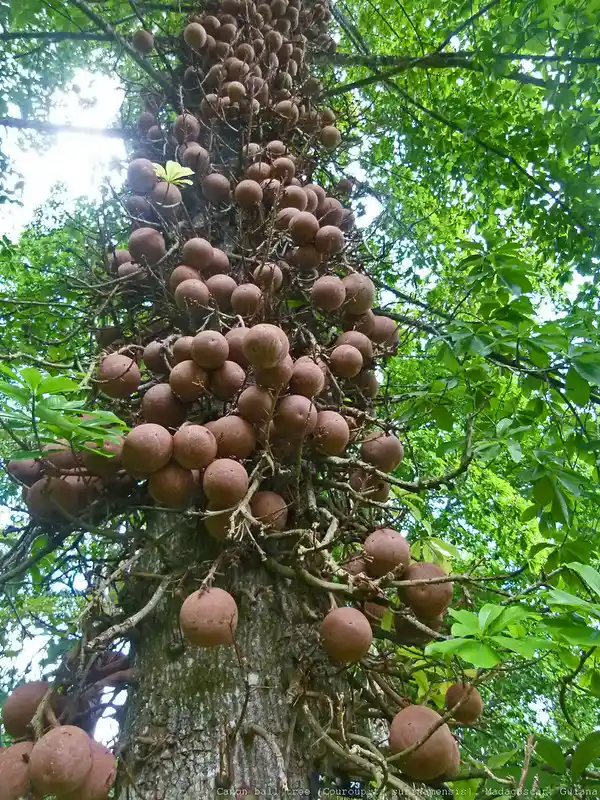
The Brazil Nut Tree is a slow-growing hardwood native to the Amazon Basin, found mainly in Brazil, Bolivia, and Peru. Scientifically known as Bertholletia excelsa, this species can reach up to 160 feet (50 meters) tall and live for over 500 years. These evergreen giants tower above the forest canopy, forming part of the emergent layer—the tallest trees in the rainforest ecosystem.
Characterized by a thick, straight trunk and a leafy crown, the Brazil Nut Tree begins bearing fruit only after 10 to 20 years. Its fruits are large, woody capsules that resemble coconuts and can weigh over 2 kilograms each! Inside, you’ll find 12–24 edible seeds tightly packed together: what we know as Brazil nuts. 🥥🌰
🍃 Ecological Importance
The Brazil Nut Tree plays a crucial role in rainforest ecology. It’s a keystone species, meaning its presence supports many other organisms. From insects to mammals, countless forest creatures rely on this tree for food, habitat, and pollination opportunities. Its deep roots help stabilize the soil and draw nutrients from deep underground, recycling them back into the forest ecosystem.
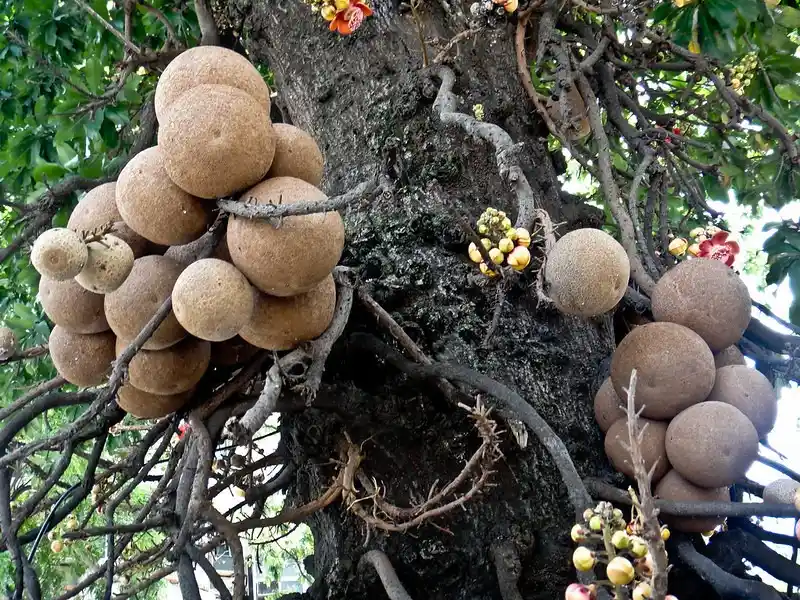
Because these trees are so tall, they create microclimates below their massive canopies. Shade-loving plants flourish beneath them, while birds and insects use the upper branches as perches or homes. In other words, a single Brazil Nut Tree acts as a mini-ecosystem! 🌍
🌺 Pollination and the Power of the Orchid Bee
🐝 A Pollination Puzzle
The Brazil Nut Tree has a unique and unusual pollination story. It can only be pollinated by a specific type of large-bodied bee—primarily orchid bees (Euglossa species)—that are strong enough to navigate its complex flowers. These bees are attracted to wild orchids, which produce scent compounds that the bees use to attract mates. 🌸
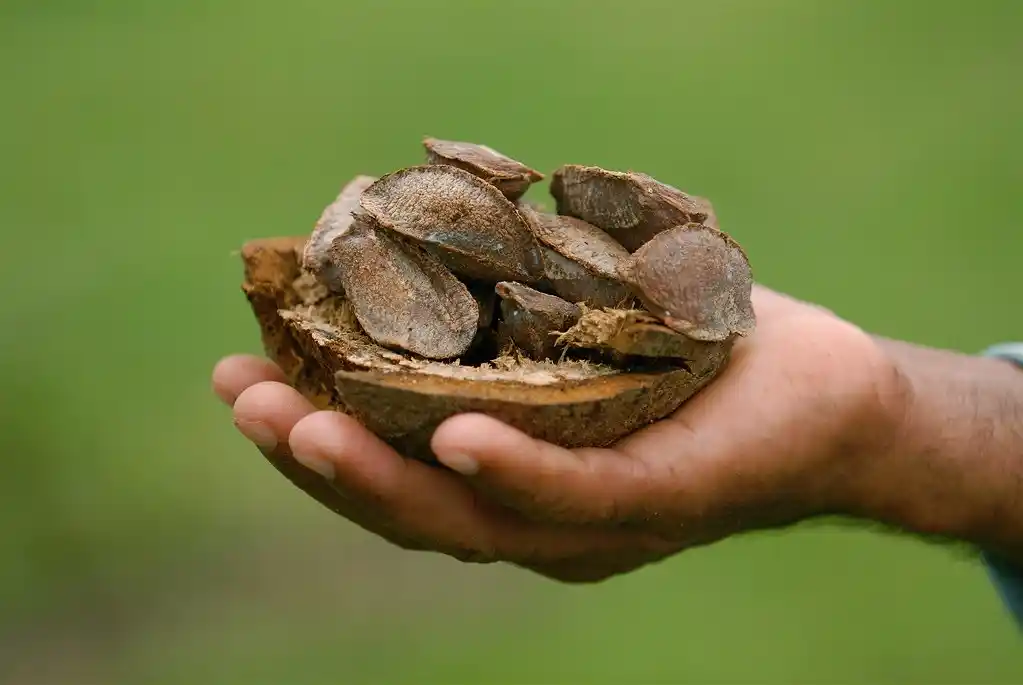
Without the presence of these orchid bees—and the orchids themselves—the Brazil Nut Tree won’t produce fruit. This interconnected web means the tree’s reproduction depends not just on itself but on a healthy, biodiverse forest. It’s a striking example of nature’s intricate balance, showing how one species’ survival is tied to many others.
🌳 Wild Harvest Only
Because of its pollination dependence, Brazil Nut Trees only produce nuts in the wild. Efforts to cultivate these trees in plantations have largely failed due to the absence of the necessary pollinators. This is why every Brazil nut sold on the market today is harvested from wild forests, making it one of the few globally traded products that can only come from a natural environment. 🌾
This wild-only nature makes the Brazil Nut Tree especially valuable for conservation. Protecting these trees also means protecting large tracts of Amazon rainforest, giving local communities an economic incentive to preserve rather than deforest the land.
🥜 Inside the Nut: Nutritional Gold
💪 Health Benefits of Brazil Nuts
Brazil nuts are nutritional powerhouses packed with healthy fats, protein, magnesium, and one especially notable mineral: selenium. Just one nut can contain more than the recommended daily intake of selenium, which plays a key role in thyroid function, antioxidant defense, and immune support. 🛡️
Eating Brazil nuts in moderation supports heart health, reduces inflammation, and may even improve brain function. Because of their selenium content, they’re often used in diets aiming to reduce oxidative stress or support hormonal balance. However, due to the high selenium levels, it’s best not to overconsume them—1 to 2 per day is often enough for health benefits.
🍽️ Culinary Uses and Flavor
Brazil nuts are rich, creamy, and slightly sweet, making them a favorite in trail mixes, desserts, and vegan recipes. Their high oil content means they’re also used to produce Brazil nut oil, a smooth and nutty oil that is excellent for cooking or as a cosmetic ingredient. Chefs and home cooks alike prize them for their flavor and texture in raw, roasted, or blended forms.
🌎 Cultural and Economic Significance
🛶 Traditional Uses in Indigenous Cultures
Long before Brazil nuts appeared on international grocery shelves, Indigenous communities of the Amazon harvested and consumed them as a seasonal delicacy. The nuts are still an important part of Indigenous diets, rituals, and local economies. Some tribes use the hard shells for crafts or as charcoal, while the oil extracted from the nuts is used for cooking, healing, or hair treatment.
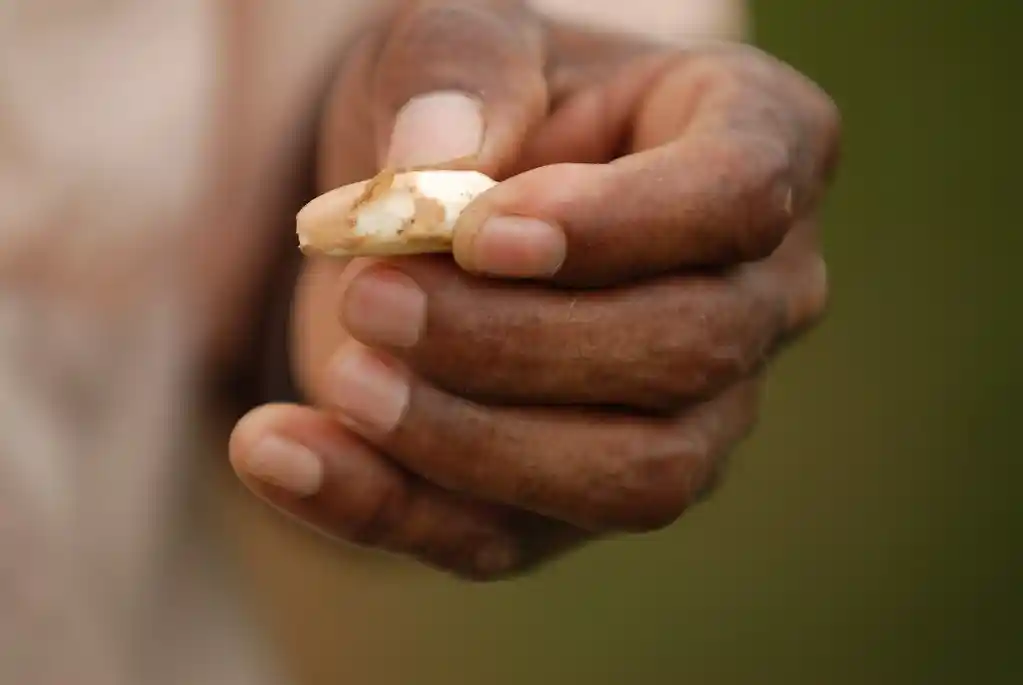
The Brazil Nut Tree also features in Amazonian myths and oral traditions, often symbolizing abundance, strength, and endurance. It is revered not just for its nuts, but for its deep spiritual ties to the forest and its people.
💼 A Sustainable Economic Engine
Brazil nut harvesting is one of the most sustainable forest-based economies in the Amazon. Unlike logging or monoculture farming, nut collection does not require cutting down trees or damaging the ecosystem. Collectors—known as castañeros in Peru or castanheiros in Brazil—venture into the forest during the rainy season (January to March) to collect fallen fruit capsules. 💼
This activity provides income for thousands of families and communities, promoting rainforest conservation through profit. Many Brazil nut cooperatives reinvest profits into community health, education, and reforestation programs. Supporting this industry means supporting both people and the planet.
⚠️ Conservation Challenges and Climate Threats
🔥 Deforestation and Habitat Loss
Despite its protected status in many regions, the Brazil Nut Tree still faces threats from illegal logging, mining, and agricultural expansion. Since the tree requires a fully functioning rainforest to reproduce, any disturbance in its ecosystem can halt nut production. Trees may stand tall for decades but become biologically unproductive without their pollinators and seed dispersers. 🌍
Moreover, isolated trees are often left behind during clear-cutting, giving a false impression of forest preservation. These “orphan trees” are doomed to silence—they will not produce viable seeds, and without a younger generation nearby, the population declines.
🌡️ Impact of Climate Change
Changes in rainfall patterns, increased droughts, and rising temperatures are altering the Amazon’s delicate balance. Climate change threatens to disrupt the flowering cycles of the Brazil Nut Tree and the migration or survival of its essential pollinators. 🌦️
These environmental stressors could significantly reduce nut yields, impacting both biodiversity and local economies. Climate-smart conservation strategies and reforestation projects with native species are urgently needed to protect these iconic trees for future generations.
💡 Fun and Fascinating Facts
- 🧠 Brazil nuts contain the highest natural source of selenium among all foods.
- 🦉 Agoutis, a small Amazonian rodent, are the only animals capable of cracking the Brazil nut pod open and burying the seeds—accidentally planting the next generation of trees!
- 🚫 Despite the name, most Brazil nuts are exported from Bolivia, not Brazil.
- 🪵 The Brazil Nut Tree’s wood is extremely durable and used sparingly for high-end furniture due to its protected status.
- 🌍 The Brazil nut industry supports more than 20,000 families in Peru alone.
🧪 Modern Uses Beyond Food
💄 Brazil Nut Oil in Cosmetics
Beyond culinary delights, Brazil nut oil is increasingly used in skincare and haircare products. Rich in fatty acids and vitamin E, the oil is prized for its moisturizing, anti-aging, and skin-softening properties. It absorbs easily into the skin, leaving a silky finish without greasiness. 💧
Brazil nut oil is used in:
- Moisturizers
- Shampoos and conditioners
- Massage oils
- Lip balms
Its nourishing effects make it popular in both commercial and artisanal beauty products.
🏥 Potential in Pharmaceuticals
Preliminary studies are exploring the Brazil Nut Tree’s potential for use in medicine. Its high selenium levels and antioxidant compounds show promise for supporting immune health and protecting cells from damage. As researchers explore Amazonian plants for bioactive properties, Bertholletia excelsa is likely to feature in future discoveries. 🧬
🌱 Growing and Protecting Brazil Nut Trees
🌱 Can You Grow a Brazil Nut Tree?
While it’s possible to grow Brazil Nut Trees from seed, cultivating them outside the Amazon is a challenge. The tree requires specific soil, humidity, temperature, and—most importantly—a complex ecosystem of pollinators and seed dispersers. Without these, it will grow but likely won’t produce fruit. 🌦️
For those still interested, the seeds should be planted in a deep pot and kept moist. Germination can take several months. Be patient—this is a tree of longevity and resilience, not rapid rewards!
🌎 Conservation Through Awareness
By choosing sustainably harvested Brazil nuts and supporting certified cooperatives, consumers can help protect the rainforest and the people who depend on it. Every nut is more than a snack—it’s a seed of hope for conservation, culture, and climate action. 🌍
🧭 Final Thoughts: Why the Brazil Nut Tree Matters
The Brazil Nut Tree is far more than a food source—it’s a towering symbol of biodiversity, sustainability, and interdependence. From its mysterious pollination to its irreplaceable role in forest economies, it reminds us that the natural world is full of wonder and wisdom. 🌳💚
Whether you’re enjoying a Brazil nut as a snack, using its oil on your skin, or simply learning about this botanical marvel, you are connecting with one of the most powerful trees on Earth. Let it inspire awe, respect, and a deeper appreciation for the Amazon and its incredible living treasures.
